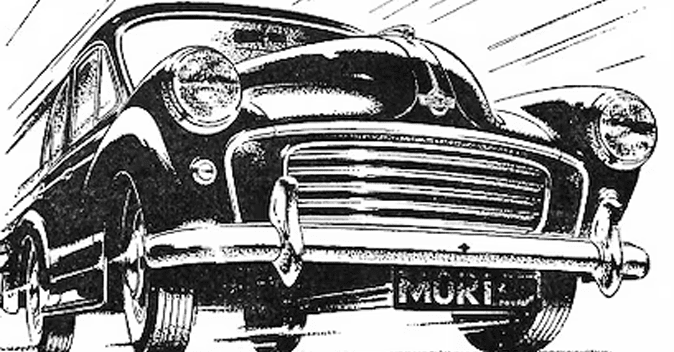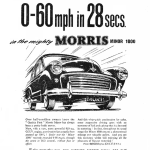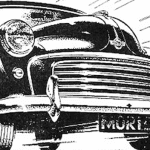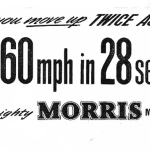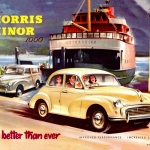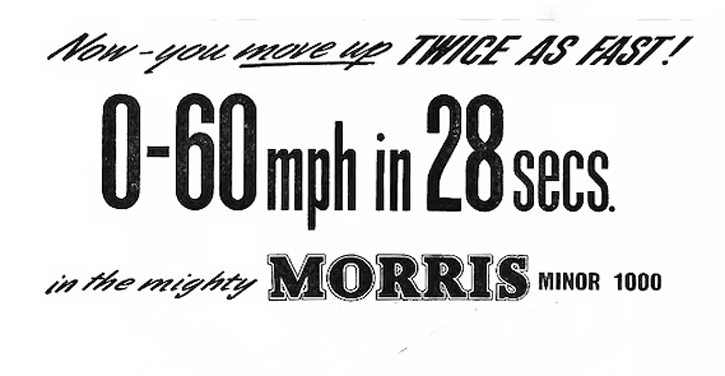
During the post-war boom years, Americans embraced consumerism with an enthusiasm unseen elsewhere on the planet. Here in the U.S. we were earning money—and more importantly, spending money—in unprecedented fashion. We bought houses, refrigerators, radios and TVs, and cars. We bought a lot of cars.
Favorite Car Ads: 1957 Morris Minor
Perhaps it was because the war hit England harder that it did the U.S., our friends in the United Kingdon never demonstrated the same casual economic frivolity for which we Yanks are so well known. There was no English population boom, no massive new-housing boom, and, and this is key to our discussion here, no appetite for large, powerful chrome-laden automobiles.
In characteristically restrained fashion, British cars of the Fifties and Sixties were almost the opposite of the vehicles being designed and built in the U.S. English cars were generally small, usually affordable, and—by American standards—underpowered. Very underpowered.
Favorite Car Ads: 1925 Ford Model T
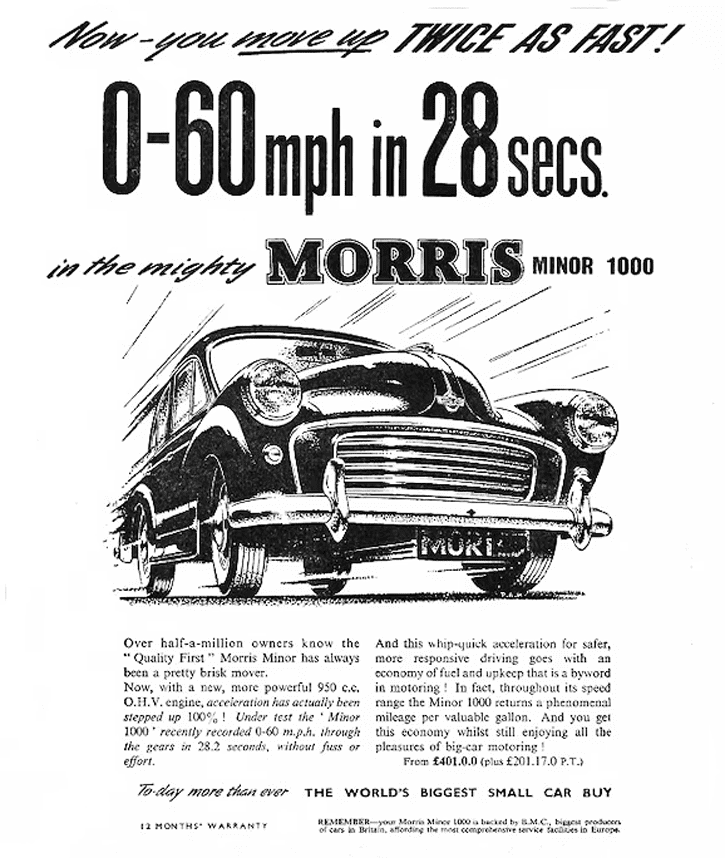
At roughly the same time many Americans were discovering the affordable high-compression V8 engine, the headline in the advertisement depicted here celebrated a 0-60 mph time of only 28 seconds. Further, as noted in the subsequent text, that acceleration time is half that of the previous generation of the vehicle.
In defense of the 1957 Morris Minor, a product of the British Motor Corporation, there are a lot reasons why British consumers put up with such dull performance. Here are a few:
Fuel Economy
Contemporary reports suggest the Morris Minor was capable of returning 40 mpg in routine driving. This compares favorably with period American rides which were typically gulping petrol at a more conspicuous rate of 15 mpg.
Stinginess
Our English cousins are just thriftier than we are, and were obviously willing to sacrifice power, space, and comfort in the name of vehicular affordability. Listed in the ad is a starting price of £401, about $1100 at the time, and just $12,500 adjusted for inflation.
Size and Parkability
London is a crowded city, and much of England—and the U.K.—is comprised of tight and narrow roads. Not only are small cars easier to maneuver around the country, the need for power is relatively limited. In fact, the ad seen here was likely produced in anticipation of the opening of England’s first Motorway, one of the country’s first limited-access, high-speed highways.
British People are Crazy
Seriously, who drives a car that takes half a minute to reach 60 mph? Crazy people, that’s who. Or, patient people. Maybe we just all need to relax.
…
The “1000” designation was a tip of the hat to the Morris Minor’s engine. The 948 cc 4-cyliner engine (close enough to 1000, I guess). Note that the ad slightly exaggerates the engine displacement, which probably makes the 1000 cc roundup a little less conspicuous.
The little mill was rated at 36 horsepower, and featured overhead-valve design. The previous-generation Morris Minor made do with a “side-valve” engine of only 28 horsepower. The ’57 Minor was reportedly good for up to 75 mph, a considerable improvement over the previous generation Minor which struggled to break 60 mph.
In case you’ve been thinking that a car this slow would have to have been a poor seller, you’d have been thinking wrong. Built in two factories in England as well as in Ireland, Australia, and New Zealand, the plucky Morris Minor often saw annual sales of 100,000 units during its 1948-1971.
So, why did the British put up with a car took half a minute to reach 60 mph? As theorized above, the Brits are a sensible and patient lot, and performance just wasn’t a big selling point for many of them. Also, the British are crazy.
Favorite Car Ads: 1958 Studebaker Scotsman
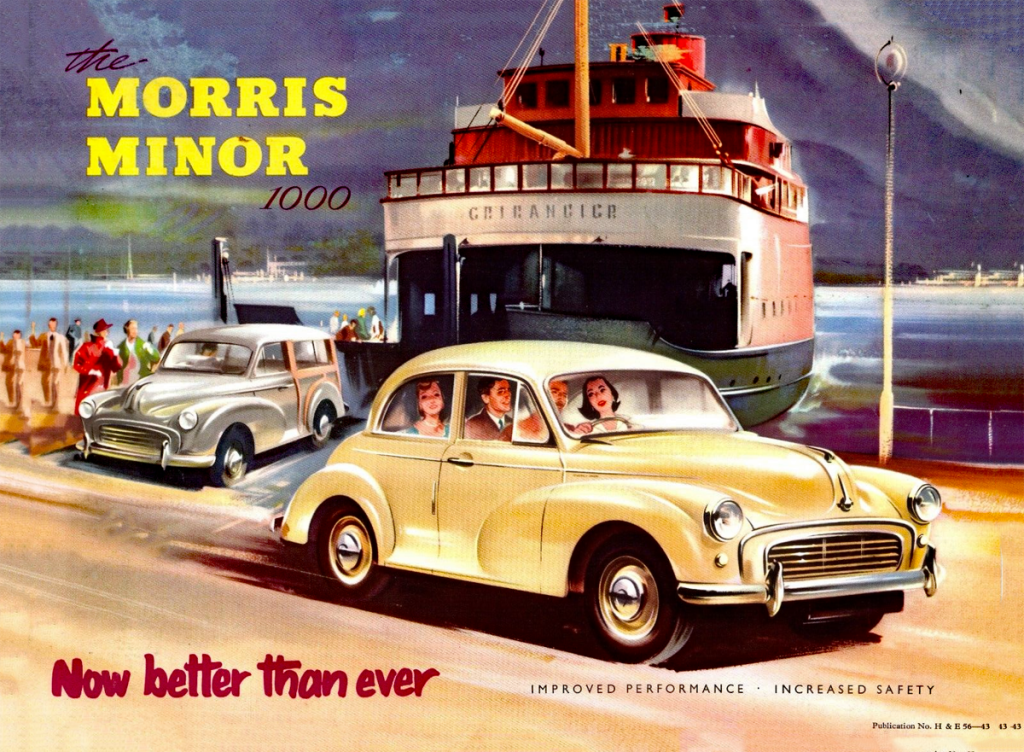
Listen to the Car Stuff Podcast
1957 Morris Minor Gallery
(Click below for enlarged images)

